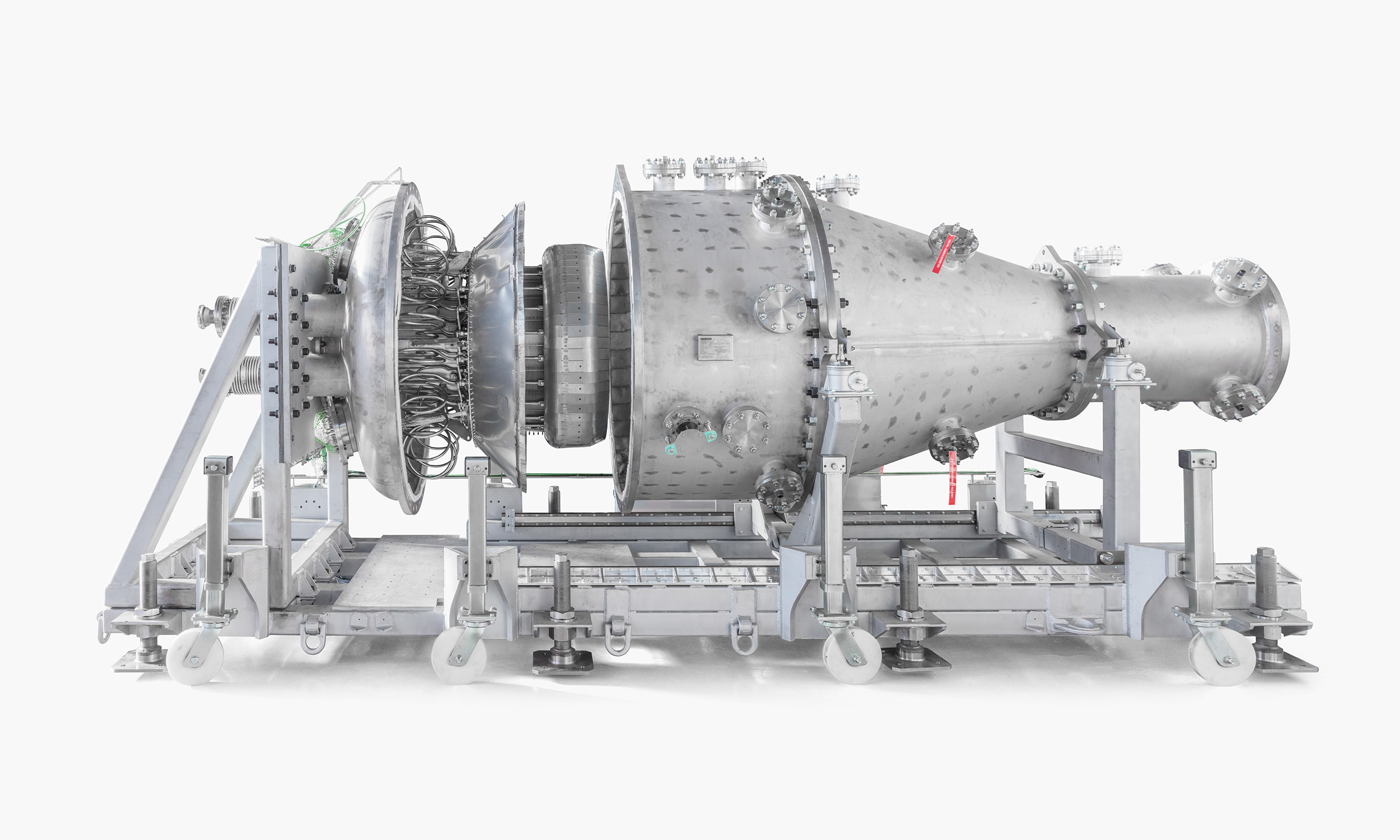Crop One Holdings and Emirates Flight Catering announced this week they opened Emirates Crop One, what they say is “the world’s largest vertical farm.”
The over 330,000-square-foot facility is located in Dubai, United Arab Emirates near Al Maktoum International Airport at Dubai World Central. It has the capacity to produce over 2 million pounds of leafy greens annually.
The facility got its start in 2018 when Crop One, an indoor vertical farming company, and Emirates Flight, the airline Emirates catering arm, signed a $40 million joint venture to build Emirates Crop One. AgFunder reported the $40 million was a majority debt-funded.
Dubbed ECO 1, the farm uses 95% less water than field-grown produce and is guaranteed an output of three tons per day, according to the companies. Passengers on Emirates and other airlines will be able to eat the leafy greens, which include lettuces, arugula, mixed salad greens, and spinach, on their flights starting this month.
Those local to the United Arab Emirates will be able to buy the produce at stores under the Bustanica brand. The greens require no pre-washing and are grown without pesticides, herbicides or chemicals.
“We are proud to bring Crop One’s best-in-class technology to this innovative food production facility alongside our joint venture partner,” said Craig Ratajczyk, CEO at Crop One., in a written statement.” ECO 1 will address growing supply chain challenges and food security issues, while introducing millions of new consumers to the benefits of vertically farmed produce. It’s our mission to cultivate a sustainable future to meet global demand for fresh, local food, and this new farm is the manifestation of that commitment. This new facility serves as a model for what’s possible around the globe.”
This is Crop One’s second vertical farm after its flagship facility in Millis, Massachusetts.
Emirates Crop One joins vertical farms being built all over the world. In May, Bowery Farms opened its vertical farm in Pennsylvania. Though it did not give a size for the facility, my colleague Brian Heater wrote that it was suspected to be 156,000 square feet. Earlier this year, Upward Farms was planning a 250,000-square-foot vertical farm, also in Pennsylvania, that was poised to open in mid-2023.


